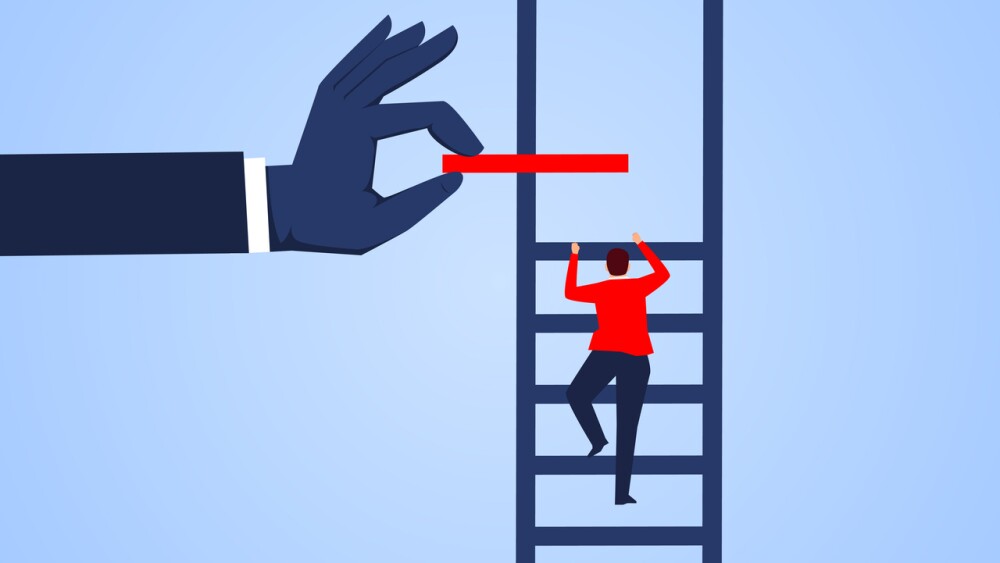Wedge Therapeutics Revolutionary Lower Jaw-Thrusting (LJT) Oropharyngeal Airways™ Replaces Inferior Devices by Increasing and Maintaining a Patient’s Airway While Allowing Hands-Free Use
|
ST. PAUL, Minn., Oct. 11, 2018 /PRNewswire/ -- It is estimated that over 350 million oropharyngeal (oral) airways are used each year in medical procedures around the world. The problem is that clinical studies have proven that they are deficient at opening and maintaining the oropharynx opening. Even more importantly, they are not designed to control the ever-problematic tongue and have no dimensional standards across their sizing. This is evident by the fact that practitioners are still faced with dealing with "difficult airways" in 30% of adult cases and 40% of pediatric cases – increasing procedure complications and operational costs. Now with the introduction of Wedge Therapeutics Lower Jar-Thrusting (LJT) Oral Airways, these issues are a thing of the past. The simple fact remains that for patients under and/or emerging from anesthesia, the biggest impediment is the relaxation of the muscles of the tongue, mandible and soft tissue structures in the hypopharynx. These structures are inclined to collapse, from both front-to-back and side-to-side, thus greatly decreasing the size or completely blocking the oropharyngeal airway. In relation, literally every patient before and after anesthesia, CPR or sedation is provided with a manual jaw-thrust to prevent these soft tissue structures from falling back and obstructing the airway. Since mandibular advancement has been clinically-proven to open and maintain the oropharynx opening, LJT Oral Airways incorporated this novel embodiment, and several others to control the tongue, into its new line of patent-pending oral airways. And even better, the jaw-thrust design provides a "fulcrum" effect when positioned, allowing practitioners hands-free use, so they can now attend to other patient-centric tasks. "We have provided a novel solution to an age-old problem associated with dealing with difficult airways. By designing a jaw-thrust into our line of airways and by incorporating many other design enhancements, we addressed many of the deficiencies and drawbacks of current oral airways on the market," stated Bob Wieden, President & CEO of Wedge Therapeutics. "Now there is no more need for manual jaw-thrusts to tie up personnel before, during or after procedures." In addition, LJT Oral Airways also address a common problem in establishing an easy ventilation airway in the pediatric patient population and the ever-growing overweight/ obese patient population. These patient populations tend to have anatomical anomalies that promote increased difficulty in opening the oropharyngeal area, which makes it more difficult to extend the neck and thrust the lower jaw forwards. "These designs are a vast improvement over the current oral airways that are used every day all over the world," states Dr. T. R. Shantha, a former anesthesiologist, inventor of the jaw-thrust design and medical advisor to Wedge Therapeutics. "By protruding the mandible forward, it has been clinically proven that the oropharyngeal airway opening is greatly increased and provides for a better airway management solution which, in turn, will help patients and all anesthesiology practitioners, as well as emergency CPR-EMT care providers." To attest to its novel device innovation and to coincide with its market launch, Dr. Shantha is presenting the advantages of the LJT Oral Airways at the American Society of Anesthesiologists (ASA) meeting on October 13th - 15th in San Francisco. About Wedge Therapeutics
SOURCE Wedge Therapeutics |





